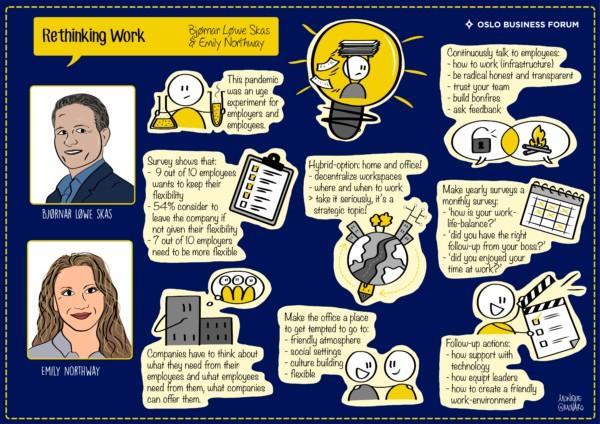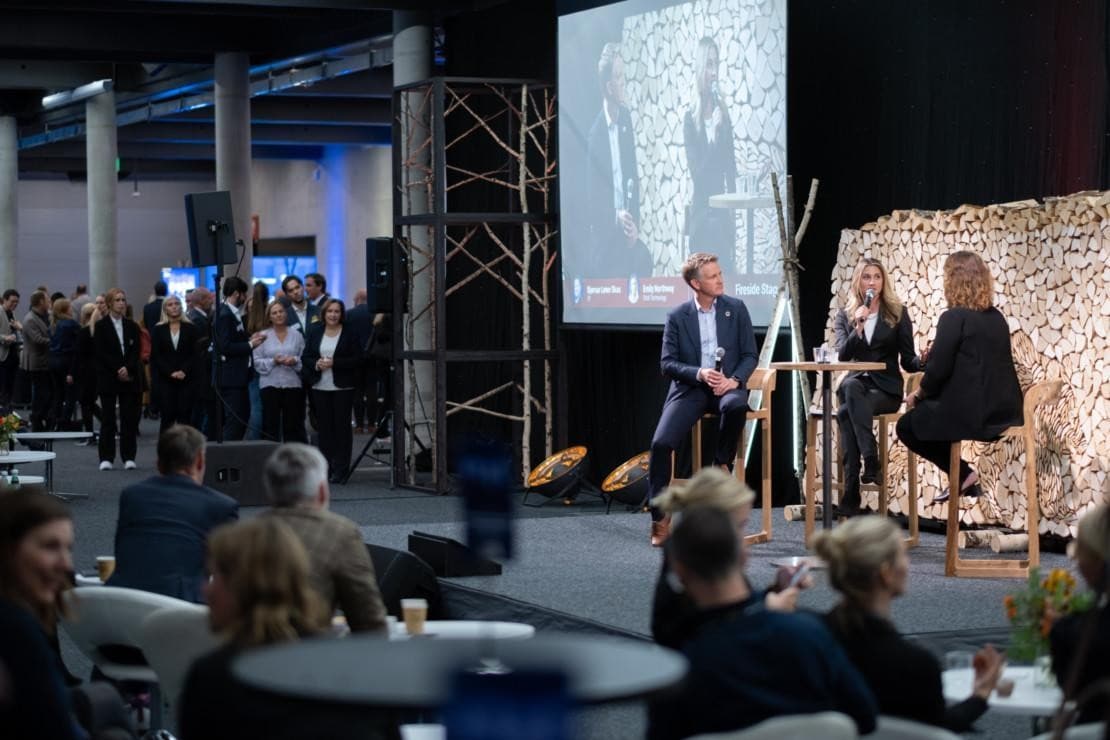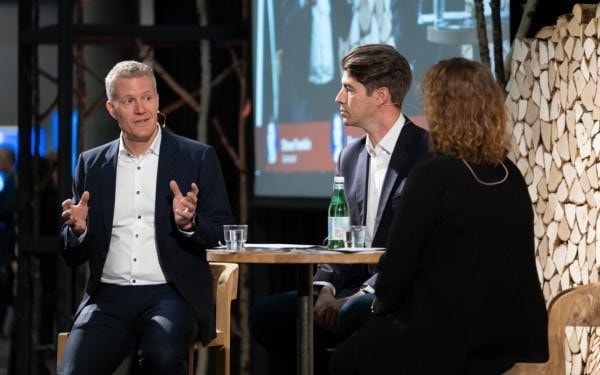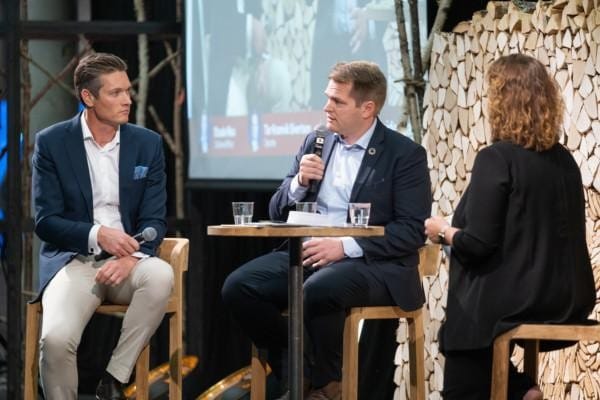15Oct2021
Hybrid and flexible work environments are here to stay, Bjørnar Løwe Skas, Head of Workforce Advisory at EY, and Emily Northway, Chief Marketing Officer at Orbit Technology, agreed, in a discussion on the future of workplaces.
Focus on Employees’ Needs
In the post-pandemic world, employers must listen and respond to the desires and needs of their employees in order to attract and retain high-caliber talent.
“Companies need to think about what their strategy should be,” said Bjørnar. “What are our employees’ needs, and what do we need as a company?”
Even more important, he added, are questions of leadership and teamwork in the face of this changing landscape: “What are the people processes? How do we work as a team? How do we build a culture and a new way of working?”
Bjørnar highlighted a global survey EY conducted in April of 2021. From a pool of 16,000 employees across different global industries, nine out of ten respondents claimed flexibility was important, and 54% said they would consider leaving their current employer if they could not maintain their current flexibility.
Rethink Working Space and Time
Emily continued that the workplace discussion often becomes too polarized, creating a false dichotomy between working from home versus working in the office. She believes a hybrid option, with a “work from anywhere” supplement, can provide the best option for employees. Organizations can rethink workspace, considering different options placed throughout a given city, rather than a centralized office.
Bjørnar added that flexibility is not simply about where to work, but when to work as well. He advises his clients that now is the moment to take these decisions seriously as strategic topics, and communicate with their employees to discover their needs.
Ask Your Employees
Right now, employees are feeling insecure about the future of flexibility in their workplaces, and employers must establish modes of communication that will assuage these insecurities. Bjørnar suggested that organizations begin by speaking more frequently with employees. Rather than an annual survey, consider quarterly, or even monthly surveys. Simple questions, like the following, provide feedback that can inform leadership behavior and action items:
- Have you had a good work/life balance in the last month?
- Have you gotten the right follow-up from your leader in the last month?
- Have you enjoyed your time at work in the last month?
Once an organization has communicated with employees and gathered feedback, it can make a decision about how to approach the future of the office. This is the moment to debate with the leadership team and board and then make a clear decision. From there, it is imperative to follow through with necessary actions regarding office space, technology, human resources, and equipping leaders.
Create an Inviting Working Environment
Emily said that if leaders want their employees to come back into the office, they need to make it a tempting place. She suggested creating a friendly, inviting environment with culture-building and social activities, implementing the kind of flexibility (i.e. the ability to go for a walk midday) they might enjoy at home, and asking employees what would make them want to come back.
Her advice for leaders? She echoed OBF speaker Erin Meyer “Trust your team and be radically honest. It boils down to transparency and flexibility.”

Sketchnote by Monique van Rooyen


